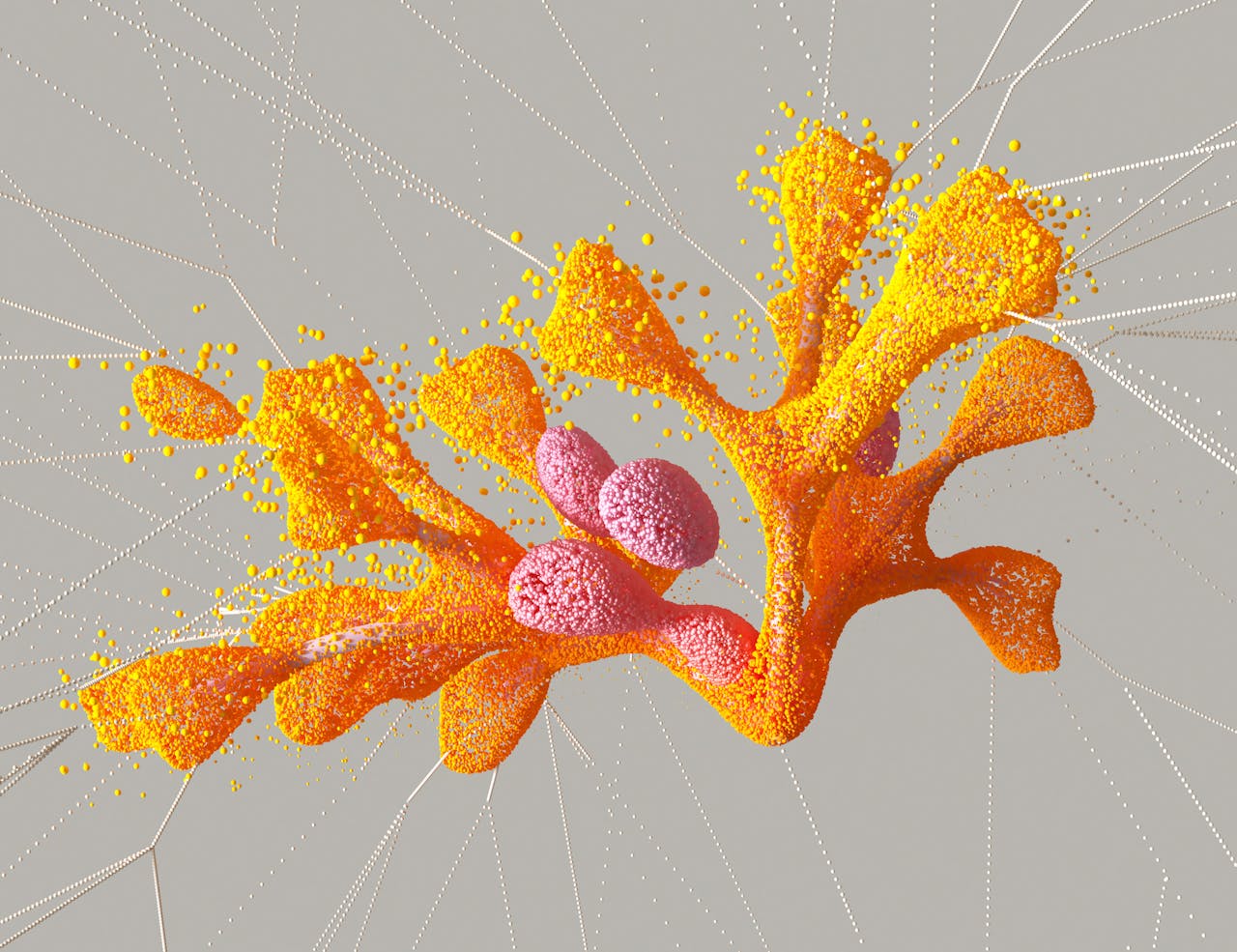Google Ads & PPC Strategies in 2025 – Adapting to Changing Algorithms
Google Ads & PPC Strategies in 2025 – Adapting to Changing Algorithms

Google Ads and Pay-Per-Click (PPC) advertising continue to evolve as Google refines its algorithms and prioritizes automation, machine learning, and user experience. As we move into 2025, businesses and advertisers must stay ahead of the curve by adapting to these changes. This guide explores the latest trends, best practices, and strategies to maximize ROI in an increasingly competitive digital advertising landscape.
1. Understanding Google’s Algorithm Changes in 2025
Google frequently updates its advertising algorithms, impacting ad placement, bidding strategies, and keyword relevance. In 2025, we expect:
- Greater reliance on AI and automation: Google’s Smart Bidding and Performance Max campaigns have become more dominant.
- Increased privacy regulations: The phasing out of third-party cookies has changed audience targeting strategies.
- Enhanced user experience metrics: Google now emphasizes Core Web Vitals, engagement rates, and page relevance in ad ranking.
- Refined keyword intent understanding: AI-driven search intent analysis impacts which ads get shown.
To stay ahead, advertisers must embrace automation, refine targeting, and focus on high-quality, engaging content.
2. Key PPC Trends & Strategies for 2025
A. Leveraging AI-Powered Automation
Automation plays a significant role in PPC success. In 2025, advertisers should:
- Utilize Performance Max campaigns to maximize conversions across multiple channels.
- Implement Smart Bidding strategies such as Target ROAS and Maximize Conversions.
- Rely on responsive search ads (RSAs) with multiple headlines and descriptions to optimize performance dynamically.
B. Privacy-First Targeting & First-Party Data Collection
With third-party cookies being phased out, advertisers must adapt by:
- Using first-party data through email lists, CRM integrations, and customer interactions.
- Implementing Google’s Enhanced Conversions to improve tracking without relying on third-party cookies.
- Leveraging Customer Match to target high-value segments.
C. Optimizing for Voice & Conversational Search
Voice search and AI chatbots are shaping PPC trends. Advertisers should:
- Optimize for long-tail, conversational keywords to match natural language queries.
- Structure ad copy to answer questions directly (e.g., “Where can I buy running shoes near me?”).
- Focus on local search optimization as voice searches often have local intent.
D. Enhancing Mobile & Video Ad Strategies
Mobile usage and video consumption continue to dominate digital experiences. PPC strategies must include:
- Mobile-first ad design: Ensure landing pages and ads are optimized for mobile devices.
- YouTube Video Action campaigns: Utilize YouTube’s advanced ad formats for better engagement.
- Short-form video ads: Leverage TikTok-style vertical video ads for YouTube Shorts and Google Display Network.
E. Smarter Audience Segmentation
Segmenting audiences based on behavior and intent improves ad performance. Best practices include:
- Utilizing in-market audiences to target users actively searching for products.
- Creating lookalike audiences from high-value customers.
- Retargeting past visitors with personalized messaging.
F. AI-Powered Ad Copy & Creatives
Google’s AI tools and third-party generative AI solutions help craft compelling ad copy. Strategies include:
- Using AI to generate high-performing ad variations.
- A/B testing different headlines and descriptions.
- Adapting ad messaging to user intent and real-time search trends.
G. Local PPC & Google Maps Optimization
For businesses targeting local customers, key strategies include:
- Running Google Local Service Ads to appear in prominent search results.
- Optimizing Google Business Profiles for better local rankings.
- Utilizing geo-targeting and location-based bid adjustments.
3. Advanced Bidding Strategies for 2025
To improve ad performance, advertisers must refine bidding strategies:
- Automated Bidding: Google’s AI can adjust bids in real-time to maximize conversions.
- Target Impression Share: Ensures your ads appear in the top positions.
- Manual vs. Smart Bidding: A/B test different approaches to determine what works best for your business.
- Seasonality Adjustments: Adjust bids based on trends like holidays or peak seasons.
4. Measuring & Optimizing PPC Performance
Tracking key metrics and making data-driven decisions is essential. Focus on:
- Conversion Rate Optimization (CRO): Improve landing pages and CTAs.
- Quality Score: Maintain high ad relevance, expected CTR, and landing page experience.
- Attribution Models: Use data-driven attribution to understand the true value of each click.
- A/B Testing: Regularly test ad variations, headlines, and audience segments.
5. Conclusion: Staying Competitive in 2025
Google Ads in 2025 demands a privacy-first, AI-driven, and user-focused approach. By leveraging automation, first-party data, voice search, video ads, and smarter bidding strategies, advertisers can drive better results. Staying ahead means continually testing, optimizing, and adapting to Google’s evolving algorithms.
Now is the time to refine your PPC strategy and stay competitive in the ever-changing digital ad landscape! Contact us Today!
Mabuhay! We are a group of WordPress developers who delights in building profitable and secure websites for businesses.
Mabuhay! We are a group of WordPress developers who delights in building profitable and secure websites for businesses.
We have experience in working with different platforms, systems, and devices to create products that are secure, profitable and accessible.
